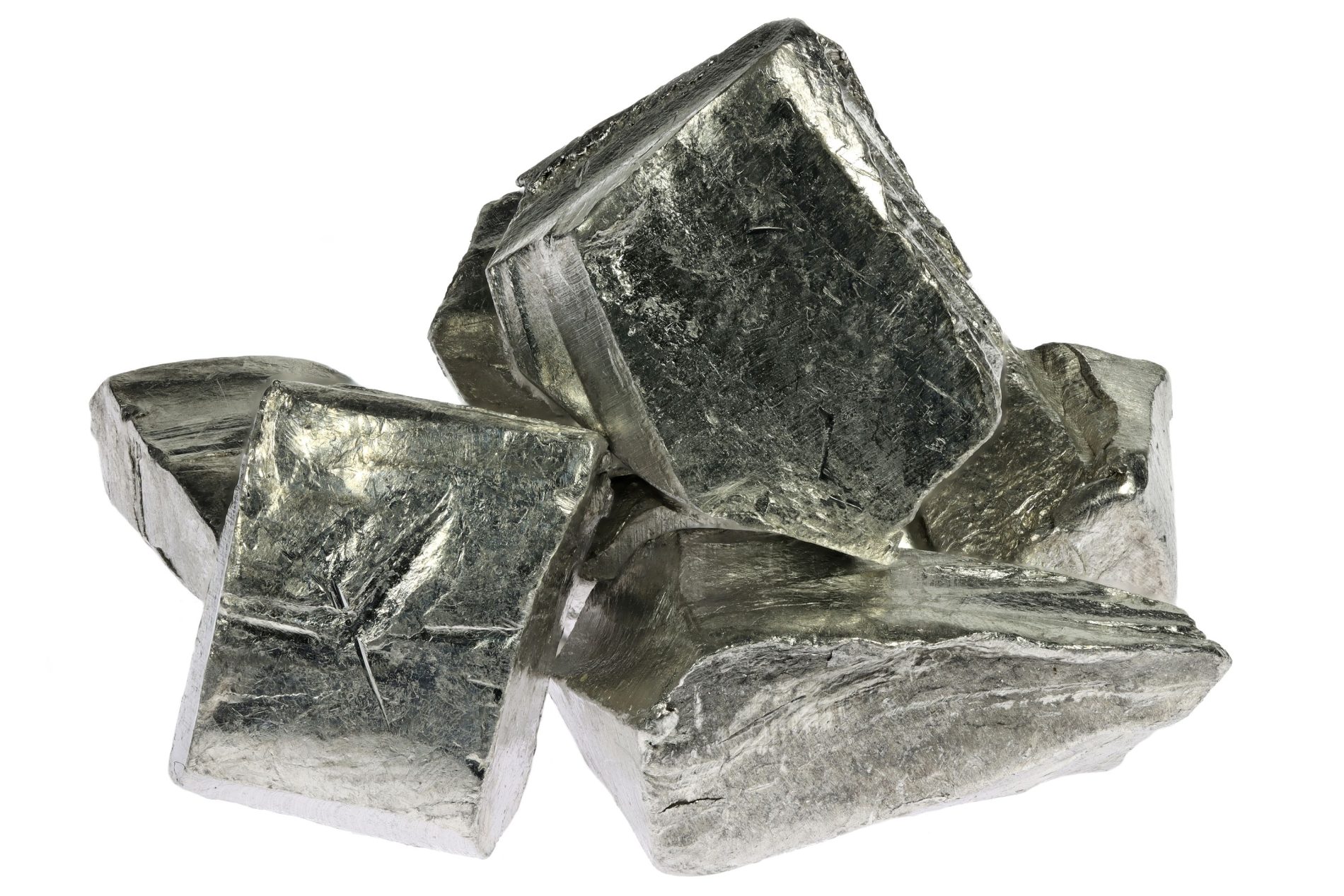In our modern lives, chemicals are ubiquitous, found in everything from household cleaners and pesticides to personal care products and hobby supplies. While these substances can be incredibly useful, improper storage can lead to hazardous situations, including accidental poisoning, chemical reactions, and environmental contamination. Therefore, understanding how to store chemicals safely at home is crucial for protecting both your family and the environment. This article delves into the best practices for chemical storage, emphasizing safety, organization, and compliance with regulations.
Understanding Chemical Classifications
Before diving into storage methods, it's essential to recognize that chemicals can be classified into various categories based on their properties and potential hazards. These classifications include:
- Flammable Materials: Substances that can easily ignite, such as gasoline, alcohol, and certain solvents.
- Corrosive Chemicals: These can cause damage to living tissue or materials upon contact, including acids and bases.
- Toxic Substances: Chemicals that can cause harm or death if ingested, inhaled, or absorbed through the skin, such as pesticides and heavy metals.
- Reactive Chemicals: Substances that can undergo violent reactions when mixed with other materials, including oxidizers and certain acids.
Understanding these classifications is the first step in determining the appropriate storage methods for each type of chemical.
Best Practices for Chemical Storage
- Choose the Right Location
The location of your chemical storage is critical. Here are some guidelines:
- Cool, Dry, and Well-Ventilated Areas: Store chemicals in a place that is away from direct sunlight and moisture, as heat and humidity can cause degradation or reactions.
- Away from Living Spaces: Ideally, chemicals should be stored in a garage, shed, or a dedicated storage area that is not part of your living space.
- Child and Pet Safety: Ensure that the storage area is inaccessible to children and pets. Consider using locks or child-proof latches.
- Use Appropriate Containers
The type of container used for chemical storage can significantly impact safety:
- Original Containers: Whenever possible, keep chemicals in their original containers, which are designed to withstand the substance's properties and often include safety information.
- Labeling: Clearly label all containers with the chemical name, hazard warnings, and the date of purchase. This helps in identifying the contents quickly and ensures proper handling.
- Secondary Containment: For particularly hazardous materials, consider using secondary containment systems, such as spill trays, to prevent leaks and spills.
- Organize by Compatibility
Organizing chemicals based on their compatibility can prevent dangerous reactions:
- Segregate Incompatible Chemicals: Store flammable materials away from oxidizers and acids. For example, keep bleach away from ammonia to avoid toxic gas production.
- Use Shelving Systems: Utilize shelving units to separate different categories of chemicals. Ensure that heavier items are stored lower to prevent accidents.
Safety Equipment and Emergency Preparedness
Even with proper storage, accidents can happen. Therefore, having safety equipment and emergency plans in place is essential:
- Personal Protective Equipment (PPE): Keep gloves, goggles, and masks nearby when handling chemicals to protect against exposure.
- First Aid Kits: Ensure that a well-stocked first aid kit is accessible in case of accidental exposure or injury.
- Emergency Contacts: Post emergency contact numbers, including poison control and local emergency services, in a visible location.
Disposal of Chemicals
Proper disposal of chemicals is just as important as storage. Never pour chemicals down the drain or throw them in the trash unless they are specifically labeled as safe for disposal that way. Instead, follow these guidelines:
- Local Regulations: Familiarize yourself with local hazardous waste disposal regulations. Many communities offer designated drop-off days for hazardous materials.
- Recycling Programs: Some chemicals can be recycled. Check with local recycling programs to see what is accepted.
Conclusion
Storing chemicals safely at home is not just about keeping your space organized; it is a vital aspect of ensuring the safety of your family and the environment. By understanding chemical classifications, following best storage practices, and being prepared for emergencies, you can mitigate risks associated with household chemicals. Remember, safety starts with awareness and proactive measures. By implementing these strategies, you can create a safer home environment while enjoying the benefits that these chemicals provide.



